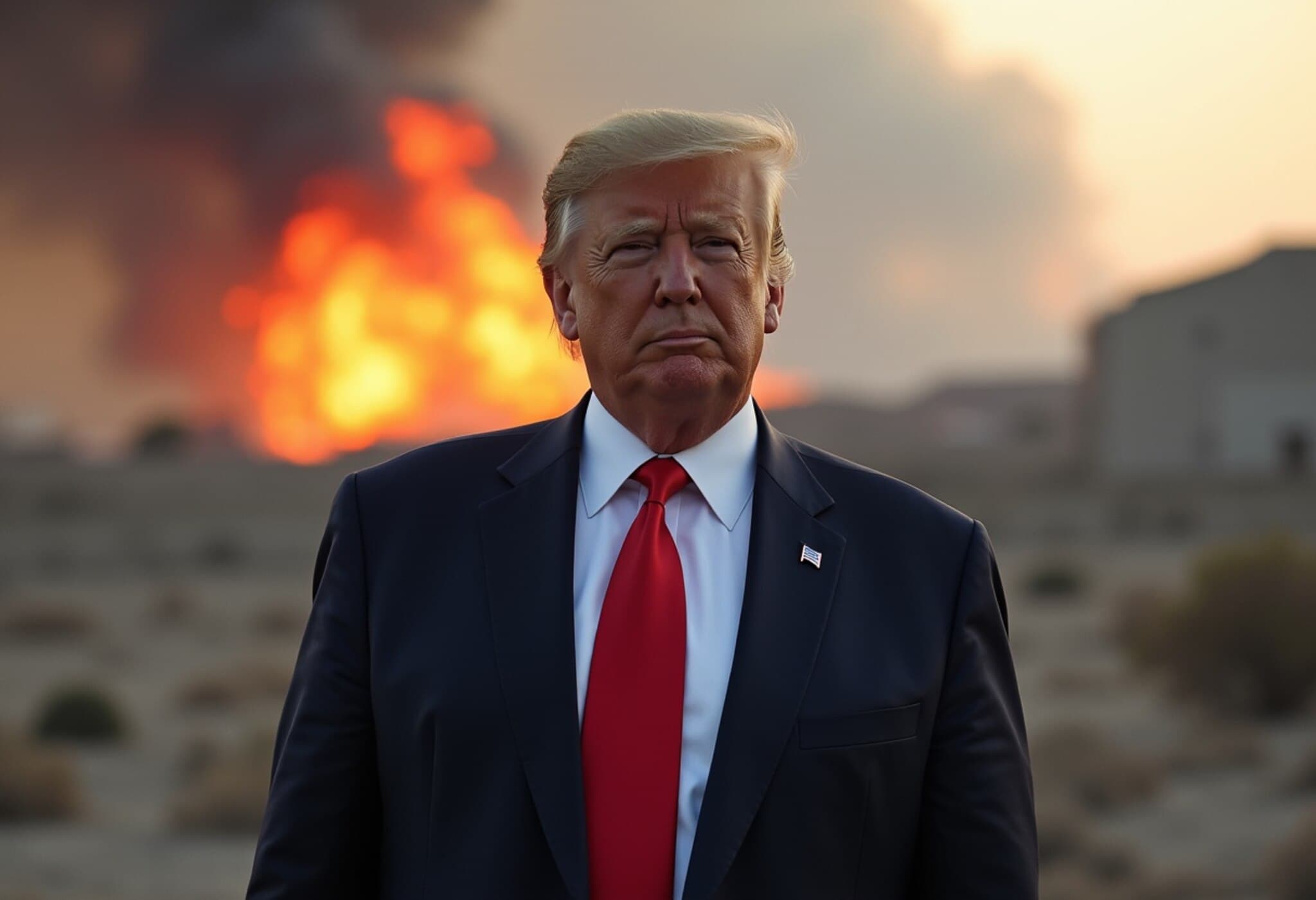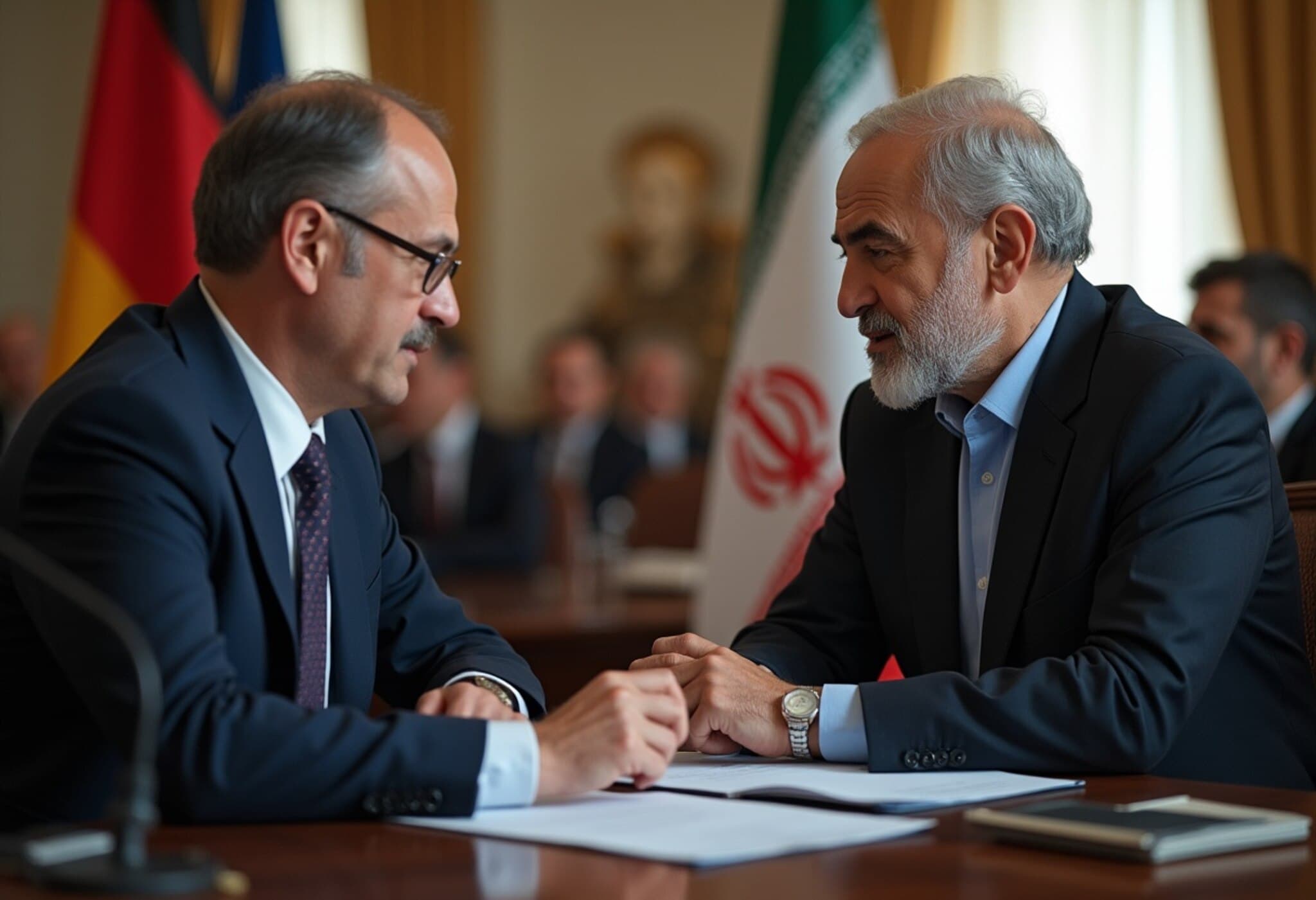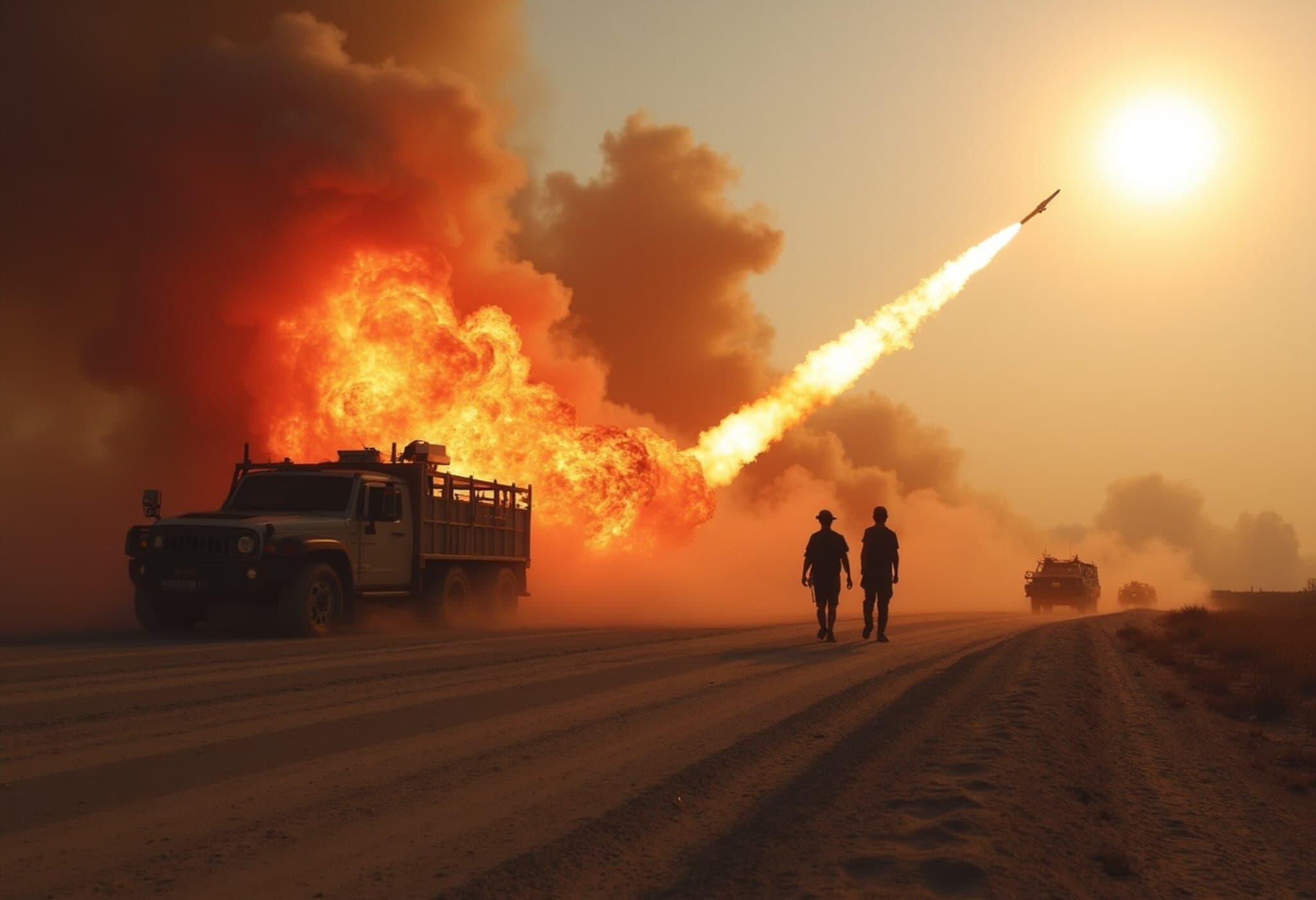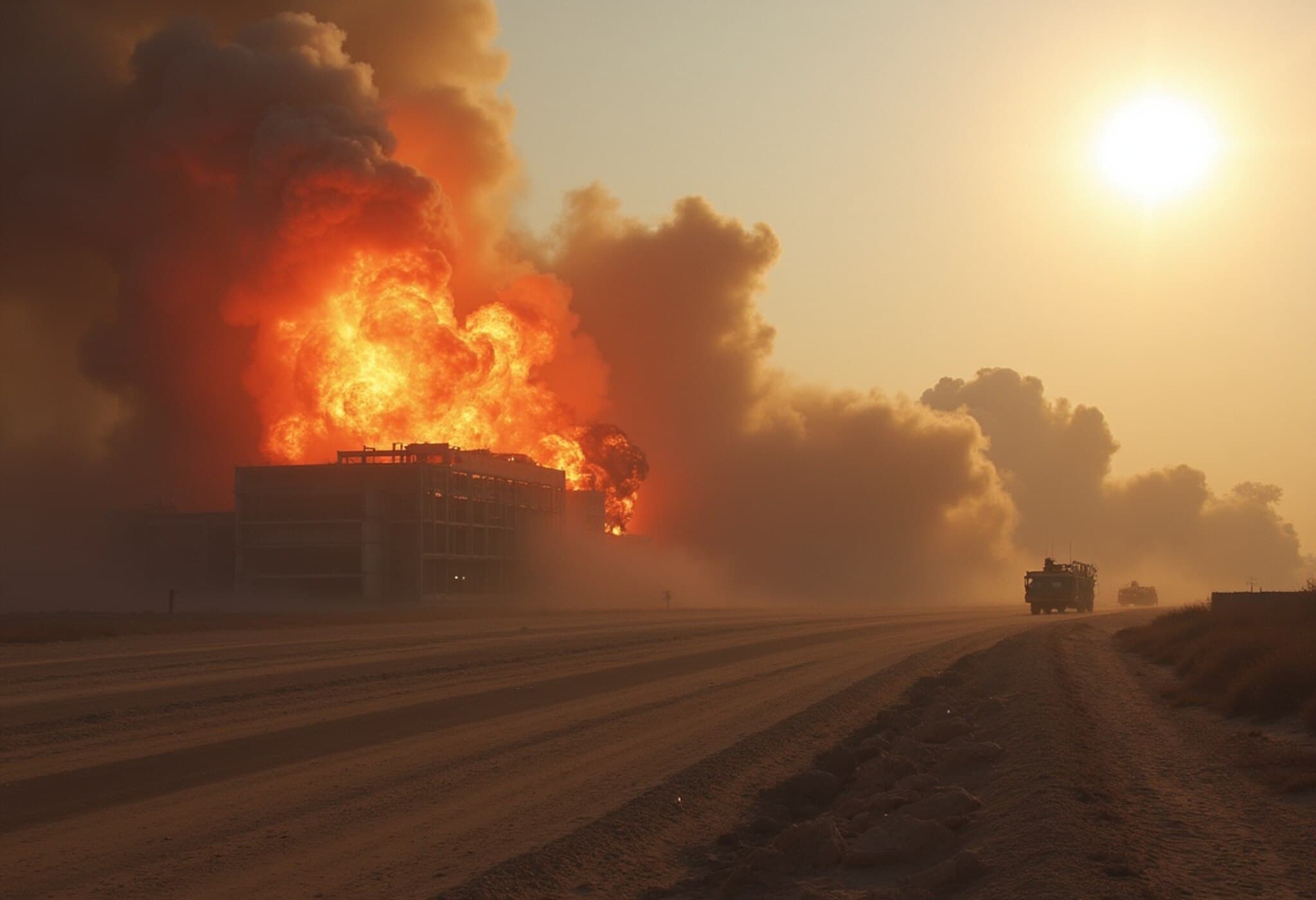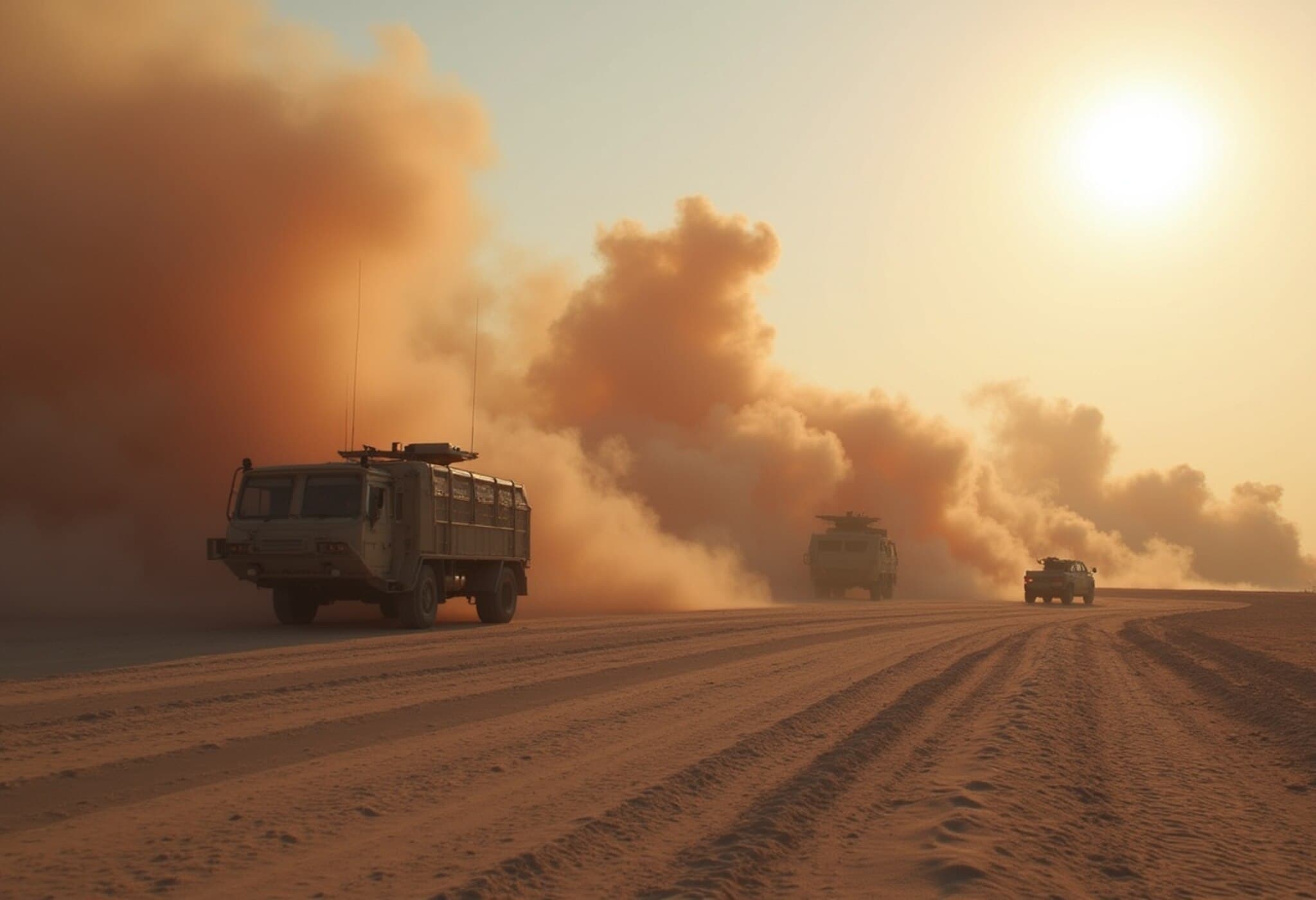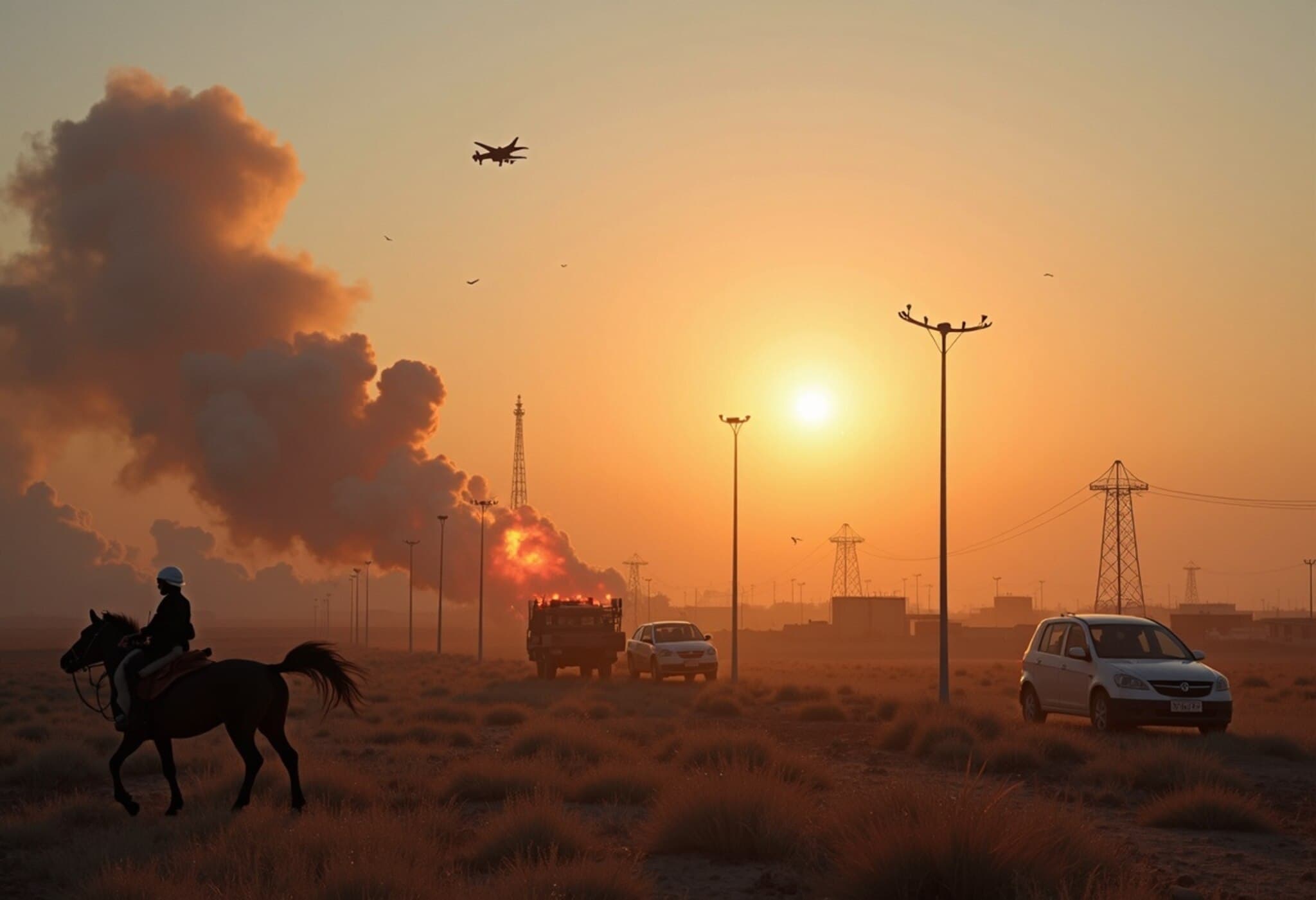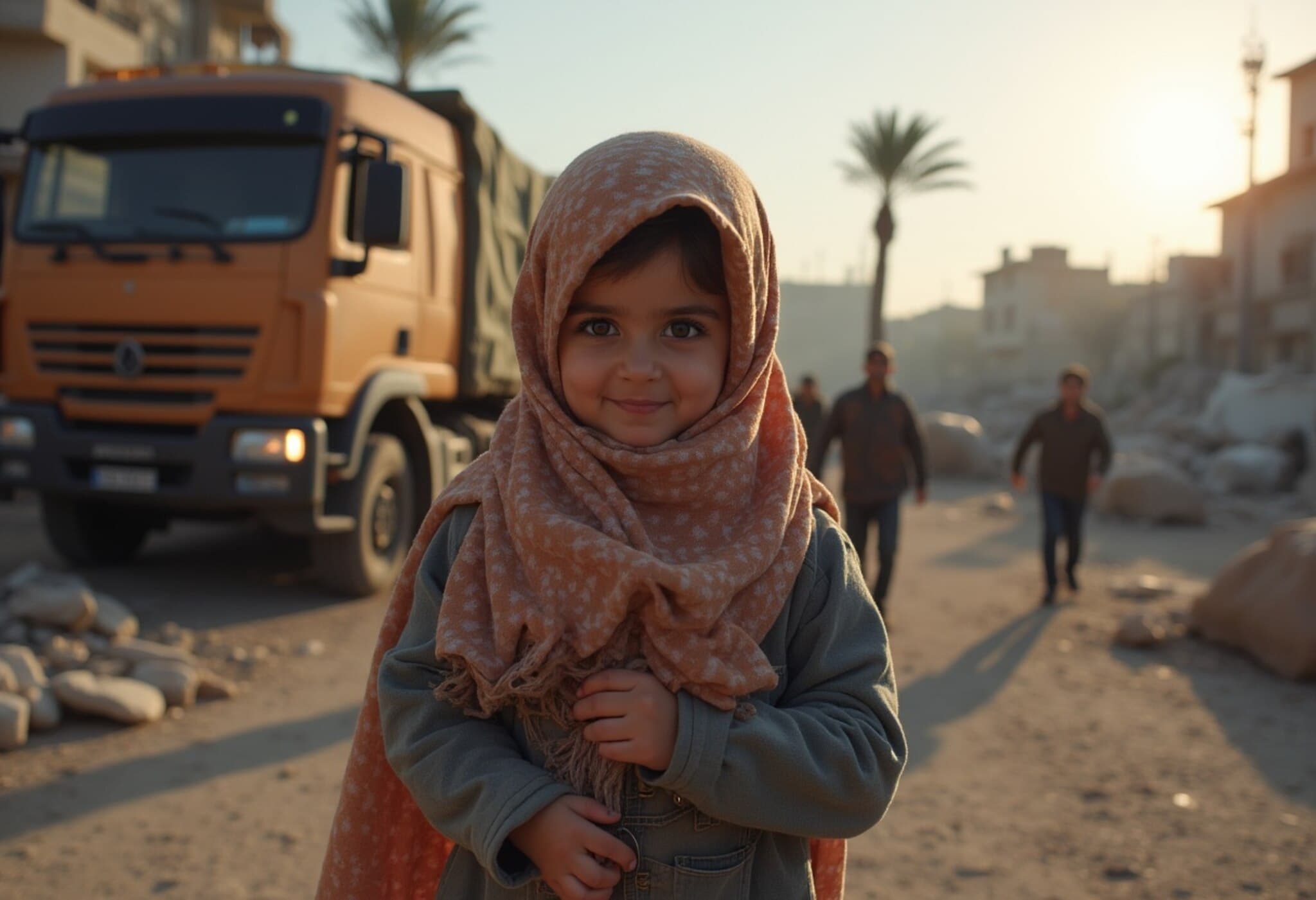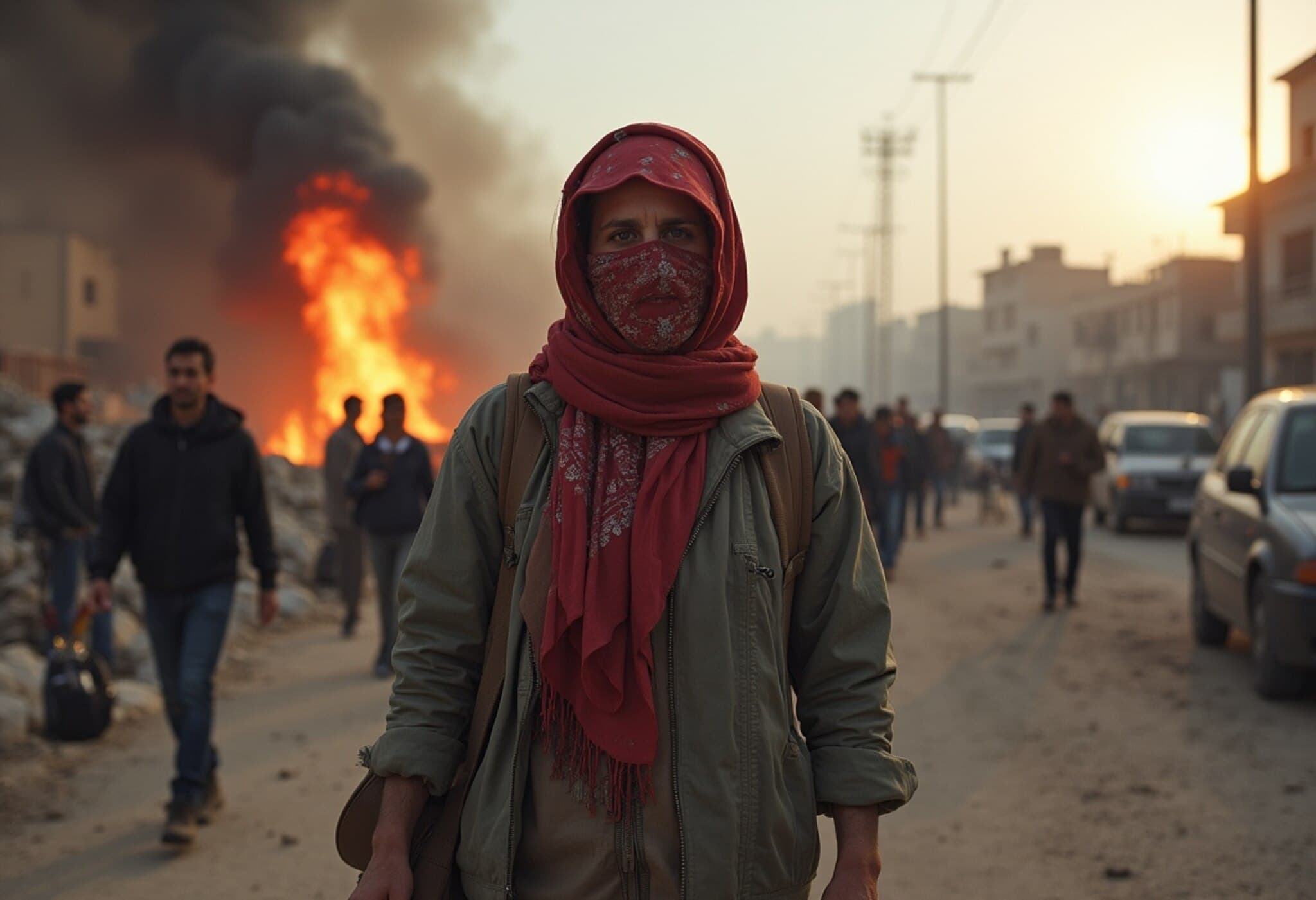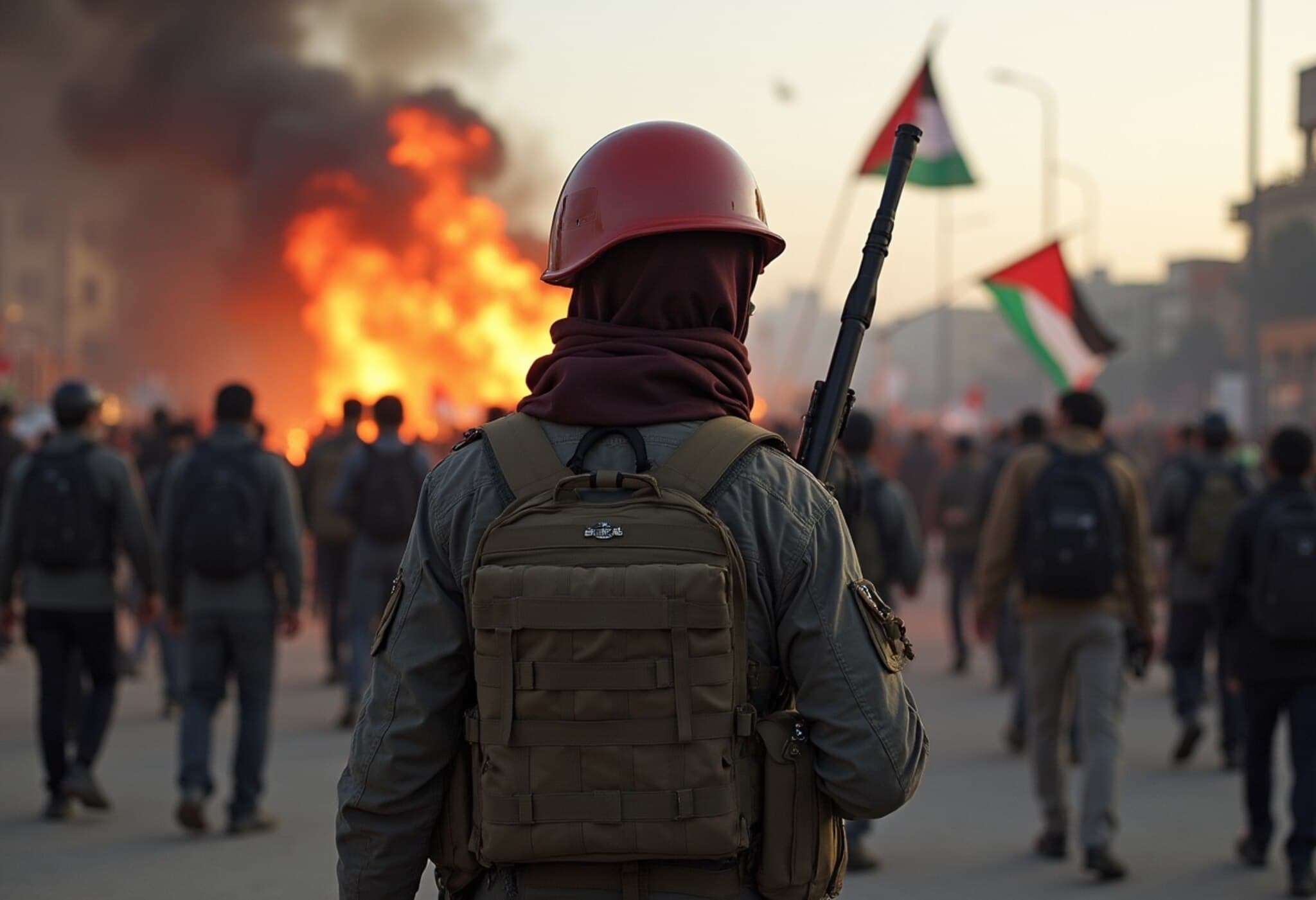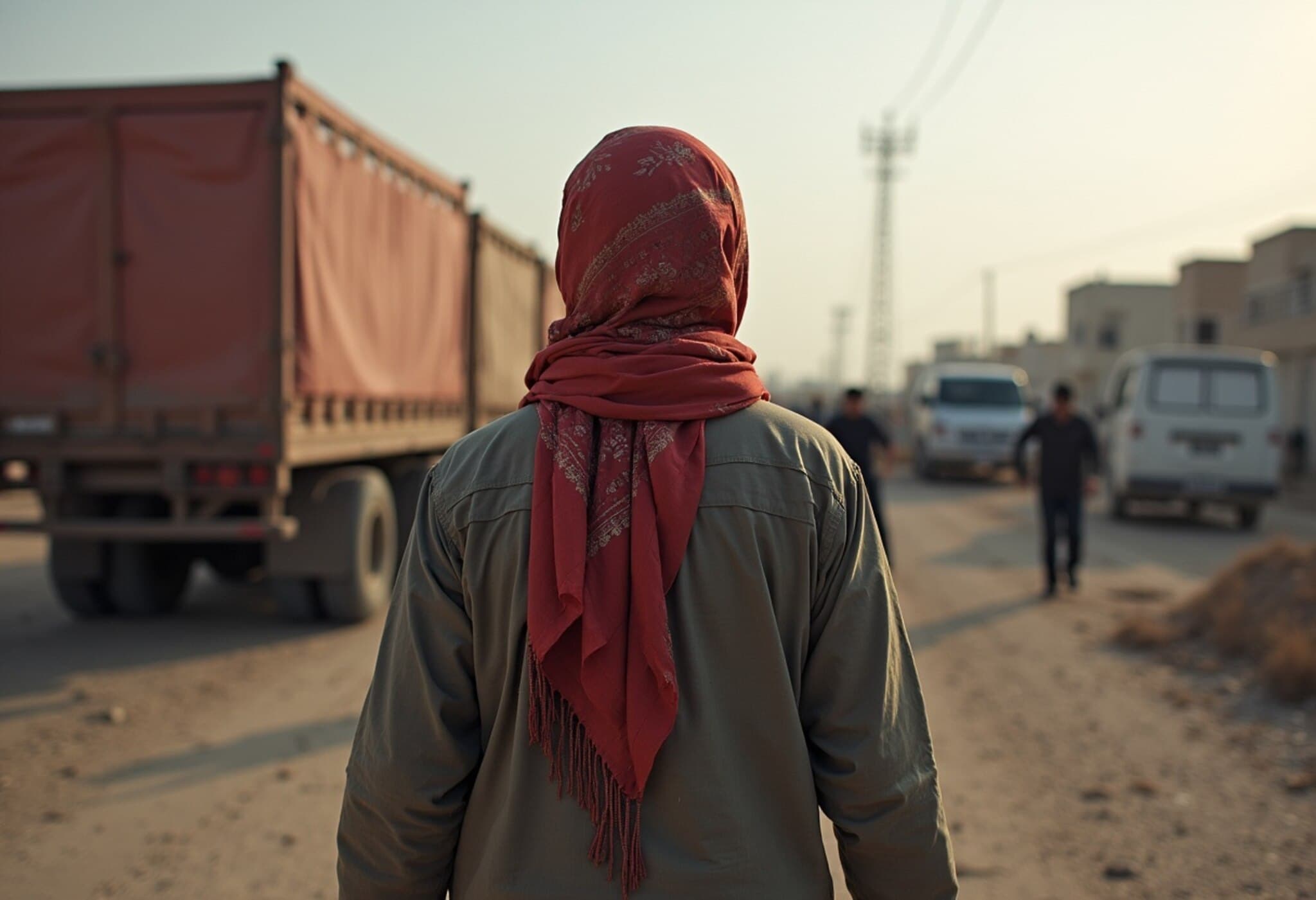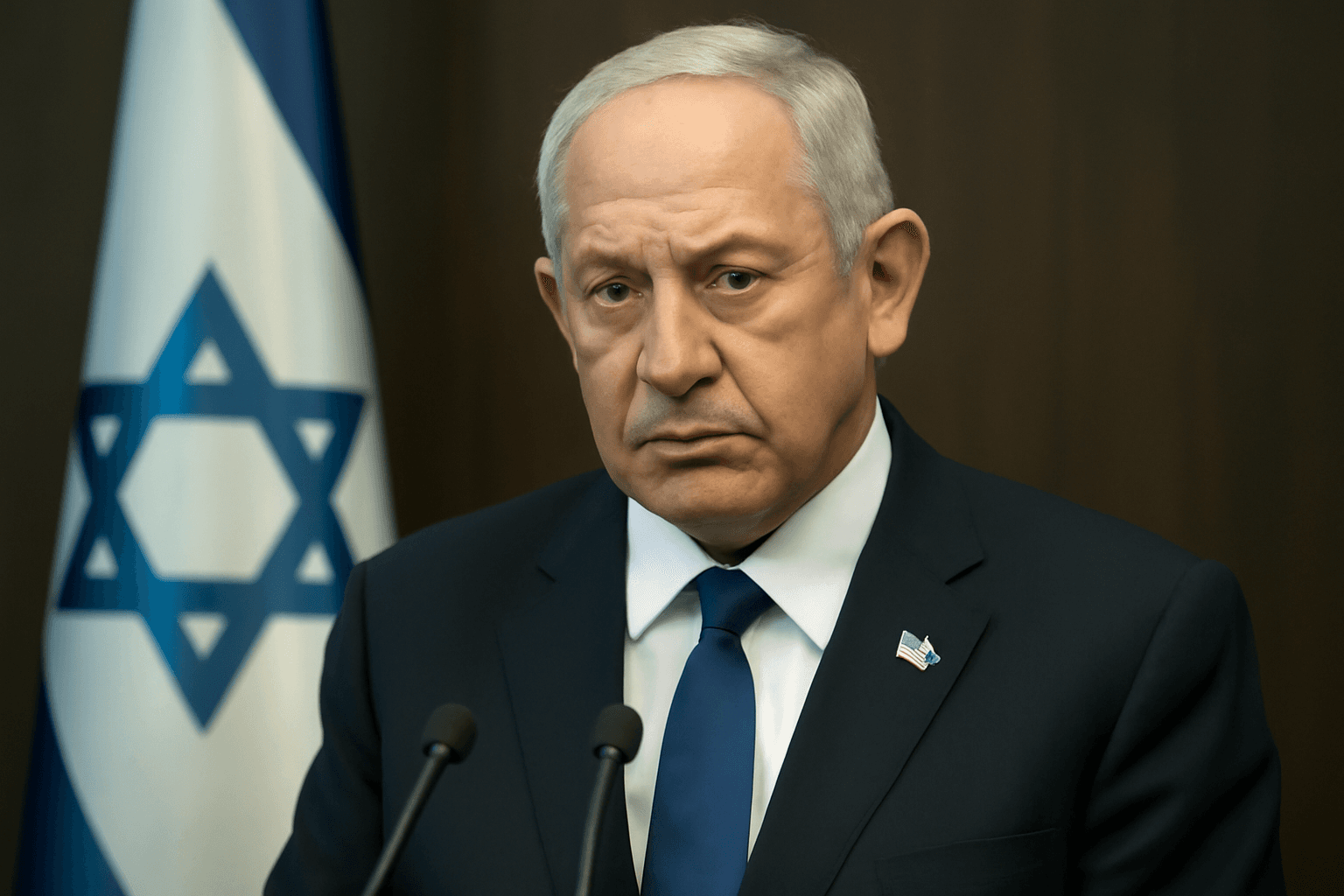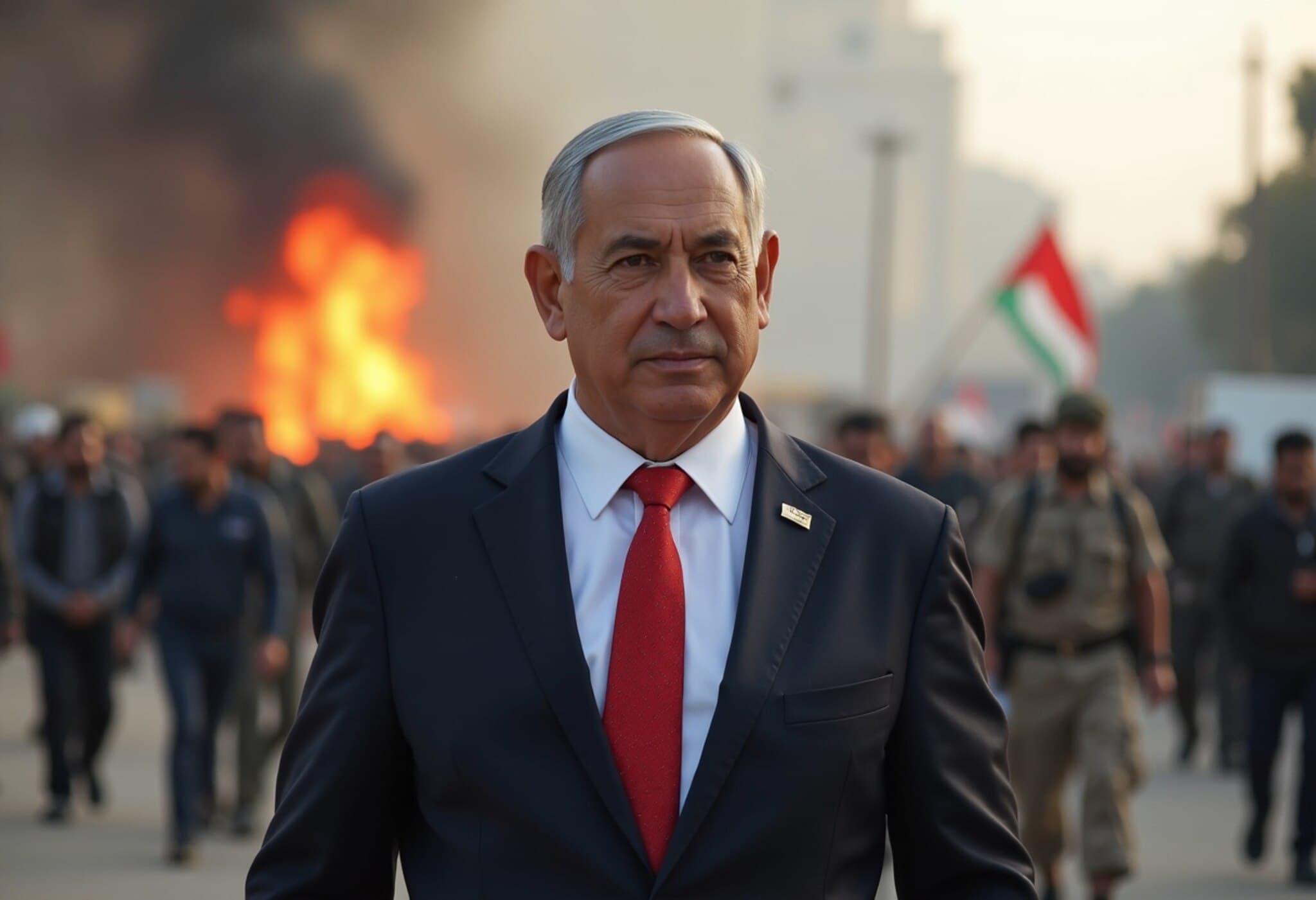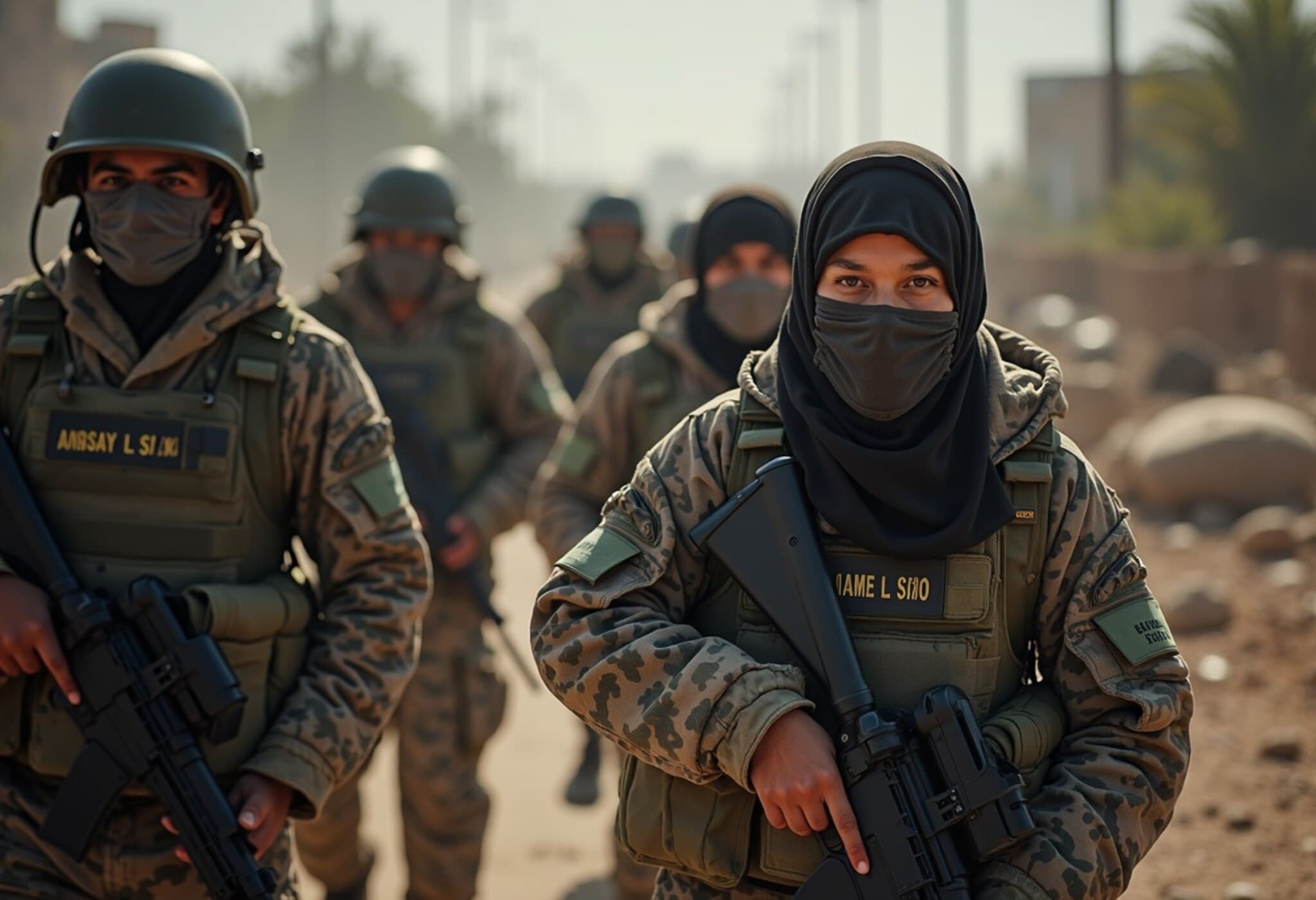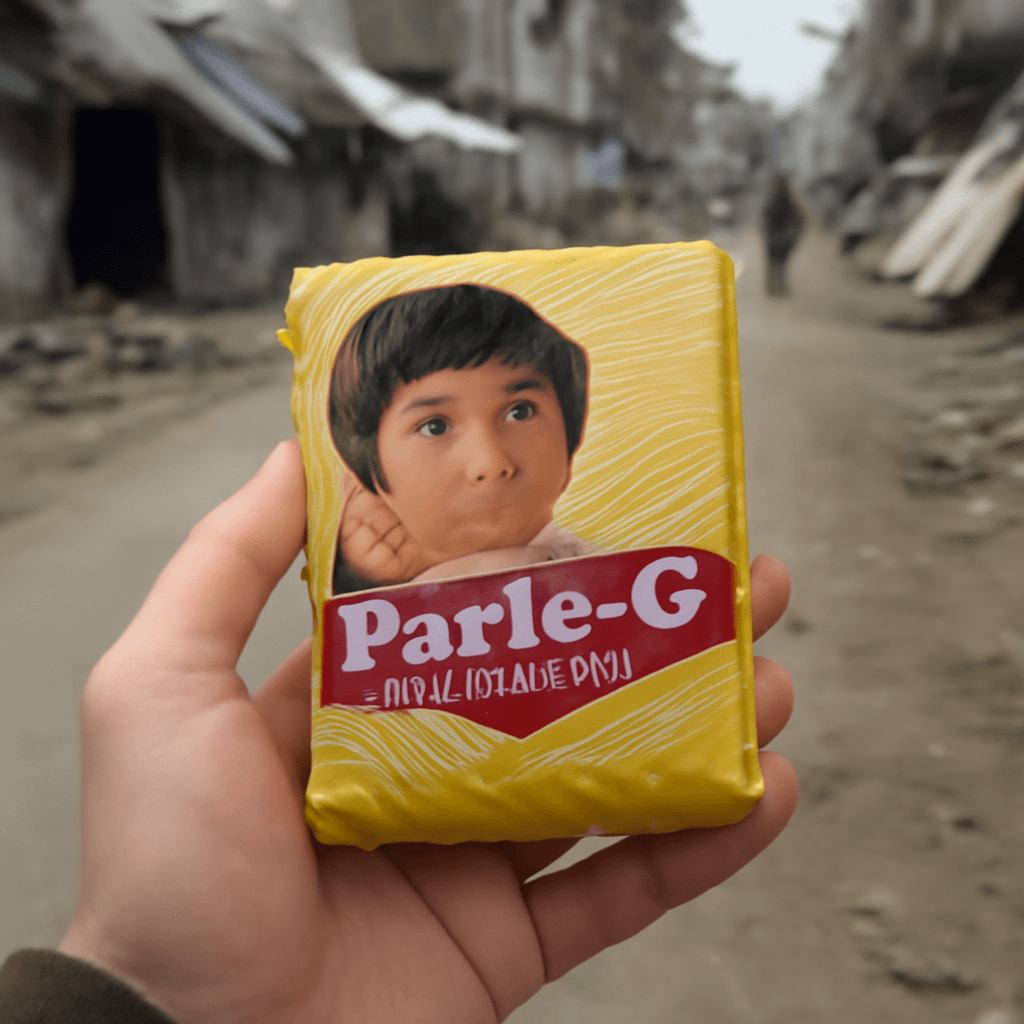Israel Confirms Error in Deadly Gaza Airstrike Targeting Children
In a tragic incident underscoring the brutal humanitarian crisis in Gaza, Israeli military officials have admitted to a mistaken airstrike that killed at least eight Palestinians, including six children, as they gathered to collect water at a distribution point in the Nuseirat refugee camp. The Israeli Defense Forces (IDF) described the strike as a malfunction, with the missile deviating from its intended target — an Islamic Jihad militant — by several dozen meters.
Details of the Attack and Casualties
According to local Gaza health authorities and medics, the strike took place on July 13, 2025, resulting not only in fatalities but also leaving more than a dozen others wounded. Ahmed Abu Saifan, an emergency physician at Al-Awda Hospital, confirmed that the strike hit a critical water collection site in the densely populated camp, amplifying the sheer tragedy of the incident.
The IDF expressed "regret" for the civilian casualties, noting that the event was under review. This admission marks a rare acknowledgment amidst a conflict that has seen sustained high civilian tolls. Over the previous 24 hours alone, Israeli operations reportedly killed 139 Palestinians, according to Gaza's health ministry.
Water Crisis Amidst Escalating Conflict
The timing of this attack highlights a profound humanitarian dilemma: Gaza’s worsening water shortages. Fuel scarcities have crippled desalination plants and sanitation services, forcing Gazans to rely on sparse and tenuous water distribution centers. This dependency makes such sites vulnerable and tragically places civilians, including children, at great risk.
Further Violence and Civilian Suffering
Hours after the water point attack, another Israeli strike targeted a market in Gaza City, killing 12, among them a prominent hospital consultant, Ahmad Qandil. The Israeli military has not commented on this strike, leaving many questions unanswered about the operational decisions and civilian protection measures in such dense urban environments.
Since the onset of hostilities in October 2023, Gaza’s health ministry reports over 58,000 people killed, with more than half being women and children. Unlike many international counts, this figure aggregates all casualties without distinction between combatants and non-combatants, reflecting the conflict’s devastating reach across civilian life.
Stalled Ceasefire Talks Amid Rising Tensions
Diplomatic efforts continue in parallel, though with limited progress. US President Donald Trump’s envoy to the Middle East, Steve Witkoff, expressed cautious optimism about ceasefire negotiations underway in Qatar, aiming to halt violence. However, deep divisions remain over key issues, including the scale of Israeli military withdrawal and the future political status of Gaza.
Prime Minister Benjamin Netanyahu remains unwavering in his core demands: the unconditional release of all hostages held by Hamas, the dismantling of Hamas’s military capabilities, and the long-term security of Israel against threats emanating from Gaza.
Hostage Crisis Weighs Heavily on Peace Prospects
The war’s origin traces back to the Hamas attack on October 7, 2023, where militants killed approximately 1,200 Israelis and took 251 hostages, a hostage crisis that continues to haunt negotiations and public sentiment in Israel. Families of missing persons have been vocal, demanding immediate action to end the conflict and rescue captives.
Controversial Plans and Forced Displacement
Reports reveal plans under discussion by Israeli officials to relocate hundreds of thousands of Gazans to the southern city of Rafah, an initiative framed as creating a "humanitarian city." This plan has drawn criticism amid concerns of forced displacement and violation of international humanitarian norms, as the move would concentrate populations in already precarious conditions.
Hamas, for its part, rejects proposed territorial withdrawals that would leave significant portions of Gaza under Israeli control, including Rafah, emphasizing the political complexities framing the conflict beyond mere military engagements.
Human Cost Amid Ongoing Conflict
For families caught in the rupture of war, the losses are immeasurable. Anas Matar, surveying the ruins of a home in Gaza City destroyed by a missile intended for militants, mourned the loss of his aunt and children who perished despite having evacuated earlier under Israeli orders. Such personal tragedies encapsulate the harsh reality for civilians trapped in urban conflict zones.
Expert Analysis: The Challenge of Civilian Protection in Urban Warfare
From a policy and humanitarian perspective, incidents like this reveal the acute difficulties in safeguarding civilians during high-intensity urban combat, especially in areas where militant groups are embedded within civilian populations. This raises critical questions for international law, rules of engagement, and accountability mechanisms in asymmetric conflicts.
Moreover, with water scarcity adding a life-threatening dimension, the destruction of essential infrastructure not only exacerbates immediate mortality but undermines the long-term resilience of the Palestinian population.
Conclusion
As the conflict grinds on with devastating human costs on both sides, each incident of civilian harm deepens divides and fuels cycles of violence. The rare acknowledgment of error by the Israeli military in this strike may open avenues for enhanced scrutiny and demands for greater civilian protection. However, without substantive political breakthroughs on ceasefire and broader conflict resolution, the prospects for peace and stability remain fragile.
This tragic event underscores the immense vulnerability of civilians in Gaza amid relentless conflict. Beyond military tactics, the dire humanitarian consequences—including water scarcity and displacement—demand urgent attention from international stakeholders. As ceasefire talks falter, the pressing questions are: How can civilian protection be meaningfully enforced? What role should global powers play to safeguard human rights while addressing security concerns? This narrative calls for a deeper, more nuanced engagement beyond headline fatalities.



